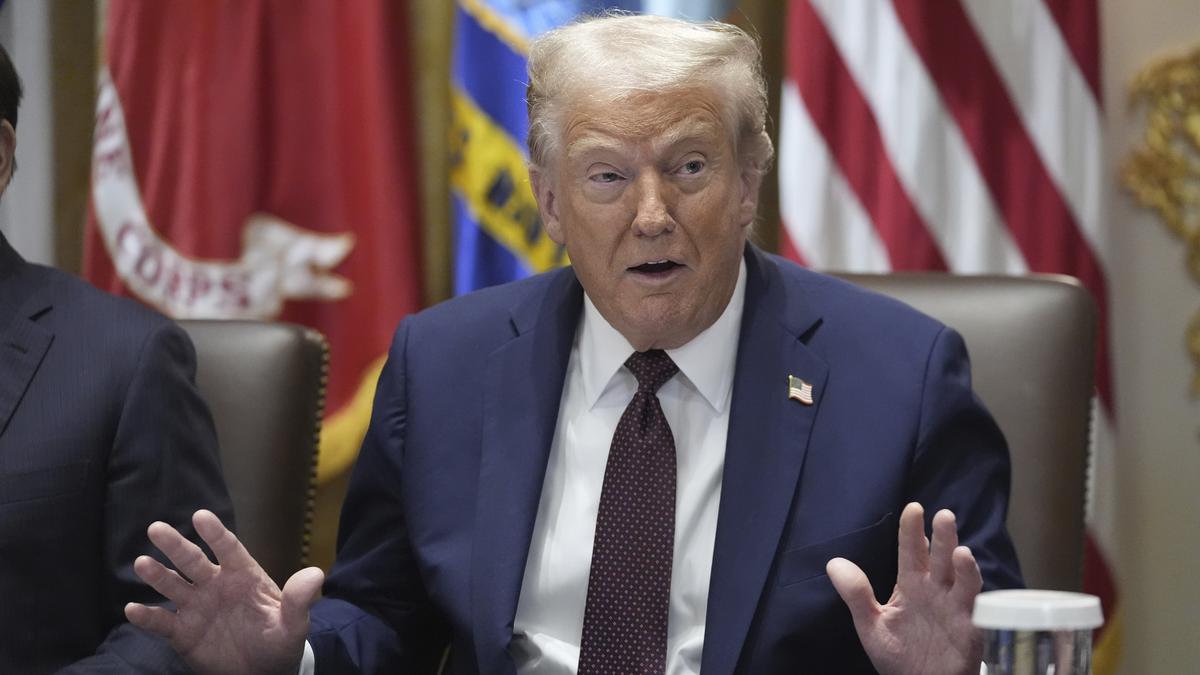Now Reading: U.S. Enforces 25% Tariff on Indian Goods Under Trump Policy
-
01
U.S. Enforces 25% Tariff on Indian Goods Under Trump Policy
U.S. Enforces 25% Tariff on Indian Goods Under Trump Policy

Fast Summary
- U.S. President Donald Trump has imposed an additional 25% tariff on Indian goods, specifically targeting India’s purchases of Russian oil. These tariffs, effective from August 27, 2025, raise the total levies on Indian products to 50%.
- The U.S. Department of homeland Security clarified that goods in transit before the deadline will be exempted if cleared by September 17, 2025, and correctly declared upon entry to the U.S.
- Initially announced on August 7 with a negotiation window until August 25, these tariffs have now come into full effect after no resolution was reached between the two nations.
- Prime Minister Narendra Modi stated he woudl not compromise on India’s interests despite international pressure.
- Experts warn these tariffs will disrupt bilateral ties and negatively impact industries such as textiles and garments in both nations.
- Analysts argue this move undermines previous efforts to strengthen economic relations and complicates supply chain diversification policies like “china+1”.
- the conflict stems partially from allegations by the U.S. Treasury accusing India of profiteering by reselling discounted Russian crude oil.
Indian Opinion Analysis
The imposition of steep U.S. tariffs highlights escalating tensions in Indo-U.S. economic relations at a time when both nations have sought alignment through various strategic initiatives such as counter-China containment policies. Given that this policy targets imports amid a contentious geopolitical issue-the purchase of discounted Russian oil-it underscores how political considerations can abruptly skew economic strategies.
For India, these measures might force introspection regarding its energy procurement choices but also increase urgency to diversify trading partnerships beyond conventional allies like the United States or Russia itself-illustrating key risks for emerging economies reliant on external trade dependencies.
from an industry perspective within both countries’ economies: disruptions are concerning midst existing fragilities within global logistic flows/hubs
























